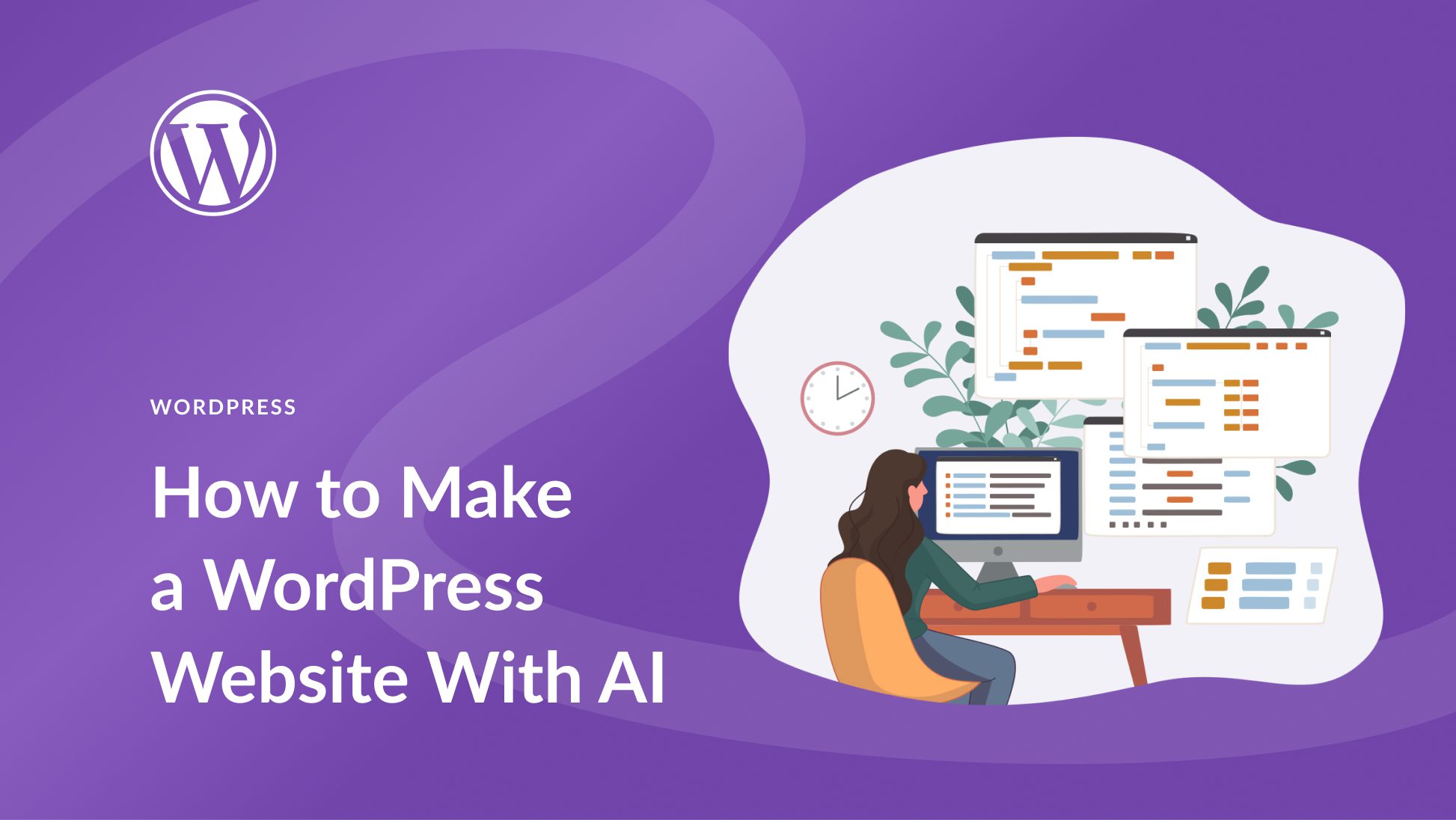
Can WooCommerce handle 100000 products?
Can WooCommerce realistically manage a hefty catalog of 100000 products? Will the performance of your store still be smooth and efficient with such a mass product inventory? And how would it affect your overall user experience and online business operations? These thought-provoking questions instigate the debate surrounding the scalability of WooCommerce, a popular eCommerce platform.
The main issue revolves around the handling capacity of WooCommerce. Observations from respected sources such as WP Engine and WooThemes have unveiled certain limitations when it comes to a large product catalog. For example, WP Engine reported that as the number of products increases, the website’s loading speed can drastically decrease—making a less-than-optimal user experience. Similarly, WooThemes has stated that WooCommerce stores exhibiting significant performance issues generally have an extensive product catalog. Various surveys conducted in the USA support these findings, revealing the rising concern among WooCommerce store owners. This collected evidence points towards a pressing need to provide an effective solution, ensuring that business profits are not hampered by technological restrictions.
In this article, you will learn how to enhance the efficiency of managing large product catalogs in WooCommerce. We will navigate through the intricacies of WooCommerce’s scalability and the measures that need to be taken for optimal store performance with an extensive range of products.
You will discover the hurdles you could potentially face with a large product inventory and how to tackle them effectively. Breaking down complex topics into comprehensible advice, this article aims to empower you to push beyond boundaries and optimize your store’s performance.

Definitions and Understandings of WooCommerce and Product Capacity
WooCommerce is a customizable, open-source eCommerce platform built on WordPress. It facilitates businesses to operate an online store, manage inventory, and handle transactions. The term ‘product capacity’ refers to the maximum number of products an eCommerce platform can handle effectively, and ‘100000 products’ suggests a significant volume of items.
In the context of WooCommerce, handling 100000 products should be interpreted as managing 100000 distinct items on the platform, from inventory management, product display to transaction processing.
Exploding the Myth: WooCommerce’s Proficiency in Managing 100000 Products
WooCommerce’s Capacity in Product Management
WooCommerce, as a powerful open-source eCommerce platform built on WordPress, is designed to allow both small and large-sized online merchants to thrive without limitations. Among these, handling a large number of products, say 100,000, can be perceived as a daunting task. But is it really so with WooCommerce? Contrary to popular belief, WooCommerce can efficiently manage such a high number of products. Thanks to its robust framework and the powerful processing capabilities of WordPress, WooCommerce offers remarkable scalability to handle expansive product catalogs.
The misinterpretation arises when businesses encounter issues concerning page loading speed or server response times, often solely attributing these to WooCommerce. However, in most scenarios, it’s the quality of hosting, not the platform itself, that determines whether your WooCommerce store can handle 100,000 or even more products. A quality hosting environment with ample server resources is crucial for operating a large scale eCommerce store.
Boosting WooCommerce Performance for Large Scale Stores
To optimize WooCommerce for large product databases, various measures can be put in place. Smart usage of plugins, investing in reliable hosting, and optimizing the server are good starting points. However, let’s focus on three critical areas:
- Product Database Optimization: Reducing database overhead can speed up WooCommerce. Routinely cleaning up old data, and using transient cleaners can further optimize the database.
- Caching: Implementing caching mechanisms such as object caching, and server-level caching with the use of a Content Delivery Network (CDN) can significantly improve store performance.
- Quality Hosting: Choose hosting that can handle the load of your store. It should have good bandwidth, RAM, and processing power. For large product databases, dedicated server hosting or cloud hosting is recommended.
The beauty of WooCommerce lies in its flexibility and scalability. Yes, it can handle 100,000 products, but it requires technical expertise to tune the platform appropriately for such heavy usage. It’s crucial to adopt the right practices in optimizing your server, database, and scripts to ensure smooth operation of such a large WooCommerce store.
In essence, WooCommerce is not inherently inefficient for large databases, and the talk about its inefficiencies in handling vast catalogs of products is largely a myth. It’s all about how you utilize it. The performance of your WooCommerce store with 100,000 products is largely dependent on the hosting environment, optimization practices, and lastly, the strategic use of plugins. These combined measures will help to keep your WooCommerce store optimized, irrespective of your product count.
Decoding the Power of WooCommerce: Capability to Handle 100000 Products in Spotlight
Is Your eCommerce Platform Robust Enough?
It’s a relevant question plaguing many digital entrepreneurs, especially those who seek to create large online stores with an extensive inventory. After all, with faster internet and enhanced technologies, customers today demand a seamless shopping experience, irrespective of the size of your e-marketplace. Positioning itself as a robust solution is WooCommerce, a powerful WordPress plugin developed with a capacity to support a staggering 100,000 products. However, the critical aspect to examine is not just volume but how efficiently this open-source platform manages this massive intake and what would be the implications with respect to performance and scalability.
Understanding the Core Challenge
The main hiccup stems from the fact that while WooCommerce is constructed to support such a colossal number of products, the performance usually depends on various other factors. These include server specs, hosting environment, configuration, optimized images, caching, and number of plugins installed. Therefore, even though WooCommerce might assure you of quantity, it doesn’t necessarily guarantee fast and efficient functionality. Misconfigured or resourced servers, unoptimized photos, and heavy themes can reduce your site speed considerably. The truth of the matter is that each server has a threshold, and the more products and variants are added, the more stress it puts on the server, thus affecting operations and customer experience.
Proven Measures to Augment Capabilities
With proper tuning and tweaking, WooCommerce can serve as an effectively capable eCommerce platform. Begin with a high-quality and reliable hosting provider, which can make a world of difference. Managed WordPress providers such as Kinsta and WP Engine offer solid infrastructure and support to handle large WooCommerce stores. A Content Delivery Network (CDN) is another worthy investment to speed up your store globally, leading to improved user experience. It’s also important to keep the website clean from old orders and products; routine data cleanup can help keep the database size smaller and the website speed faster. Applying an adequate caching solution, minimizing and combining JavaScript and CSS files, and keeping all plugins/themes up to date can further assist in maintaining good performance. Successfully adopted by many large-scale eCommerce sites, these strategies ensure that WooCommerce can manage a vast inventory of 100,000 products while sustaining optimal performance.
Unleashed Potential: The WooCommerce Journey from Startup to 100000 Products
The Enigma: Can WooCommerce Really Cater to 100,000 Products?
Is it feasible, you might wonder, for a single e-commerce platform to handle 100,000 products? Ostensibly, it might seem like a daunting task, but it is certainly possible with WooCommerce. A free WordPress plugin designed to transform WordPress websites into efficient and manageable online stores, WooCommerce is a force to be reckoned with. Since its inception, WooCommerce has been on a steady upward climb, spearheading the evolution of numerous online businesses that host a myriad of products, crossing the 100,000 mark. What makes this possible lies in its high degree of customization, scalability, and supported by a committed community of developers. As such, it not only promises an efficient product management system but also an extensive range of third-party plugins that can be incorporated to further increase your store’s functionality.
Unlocking The Challenge: Managing Such a Hefty Product Portfolio
Although WooCommerce has a proven track record of handling high volumes of products, it’s not without its share of challenges. The main issue lies in managing such a hefty product portfolio, which requires immense computing power and efficient data management strategies. Performance could suffer, the site could slow down significantly, and visitors might experience prolonged loading times if your server isn’t powerful enough to support this load. To solve this problem, one could look at WooCommerce’s dedicated hosting solutions, designed for businesses requiring higher capacity. The setup involves getting a faster, more robust server, optimising images and data, and employing advanced caching mechanisms. It’s crucial to understand that utilising an efficient hosting solution not only helps manage large product volumes but enhances your store’s overall performance and user experience.
Benchmark Policies: How Successful Online Stores Navigate This High Volume Conundrum
To truly paint a picture of how effectively WooCommerce handles massive online product repositories, let’s take a look at a few real-life examples. The first instance takes us to ‘The Spectator Shop’, a leading independent store in the UK, accommodating thousands of unique readers, gifts, and accessories. Similarly, ‘Porter and York’, a fresh meat brand, have also set their mark on WooCommerce with their extensive product offerings. They have successfully managed their broad range of products, all thanks to advanced product classification and efficient SEO tools that enhance visibility. Finally, ‘Underwear Expert’, a subscription-based e-commerce store offering tailored, curated boxes of designer underwear, is another testament to WooCommerce’s ability to manage a significant product list efficiently. By exploiting the subscription-based model, this WooCommerce store uses a product customizer plugin to personalise each underwear box based on customer preferences. These cases illustrate not just the platform’s capability to handle high volume product catalogs but also the various ways it can be tweaked for optimal functionality.
Conclusion
Have you ever pondered over the capabilities of WooCommerce, especially when it comes to managing a mammoth inventory? The online shopping sphere is teeming with digital platforms, but only few possess the power to accommodate and streamline a catalog as expansive as 100,000 products. To perhaps your astonishment, WooCommerce is one of those few. This henceforth, sets it apart as an extraordinary eCommerce platform, that gives you the potential to scale up your business without bearing the brunt of crippling limitations.
Maintaining reader engagement is as essential to us as providing you with reliable and insightful information. To ensure you don’t miss out on new findings and interesting details, we strongly urge you to subscribe to our blog. There is a world of exciting new material scheduled for release in the coming weeks. Prepare to experience never-before-seen insights into various software systems and digital platforms, including additional spotlights on WooCommerce’s wide host of capabilities.
As this article reaches its culmination, we would like to remind you to eagerly anticipate our upcoming releases. Infused with invaluable knowledge, these forthcoming additions to our blog are designed to help you explore, understand and master the multifaceted world of digitization. With a special focus on eCommerce solutions, you can expect to delve further into the depths of WooCommerce’s ability to manage mammoth product databases with optimum efficiency. Diverse in topics and rich in information, our publications will help you navigate the swirling seas of digital markets with ease and finesse.
F.A.Q.
1. Can WooCommerce efficiently manage 100,000 products?
Yes, WooCommerce can handle up to 100,000 products. It is built on WordPress, which has robust capability and scalability, thus, making sure that large inventories can be managed effectively.
2. Will the performance of my website be affected if I add 100,000 products to WooCommerce?
While WooCommerce can manage large amounts of products, the performance of your website may still be affected. This is heavily dependent on your hosting environment and the quality of your website’s coding.
3. Is there a limit to the number of product categories in WooCommerce?
No, there’s no set limit to the number of product categories you can have in WooCommerce. You can organize your products into as many categories and sub-categories as necessary.
4. What can I do to improve the performance of WooCommerce with a large number of products?
To improve the performance of WooCommerce with a larger number of products, you could utilize high-quality servers, implement a sturdy caching system, and keep the website code clean and optimized. Also, regular updates of your WooCommerce can keep it running smoothly.
5. Can I easily import and export a large number of products on WooCommerce?
Yes, WooCommerce allows you to import and export large numbers of products using CSV files. Apart from that, there are several plugins available to facilitate the bulk import and export process.












